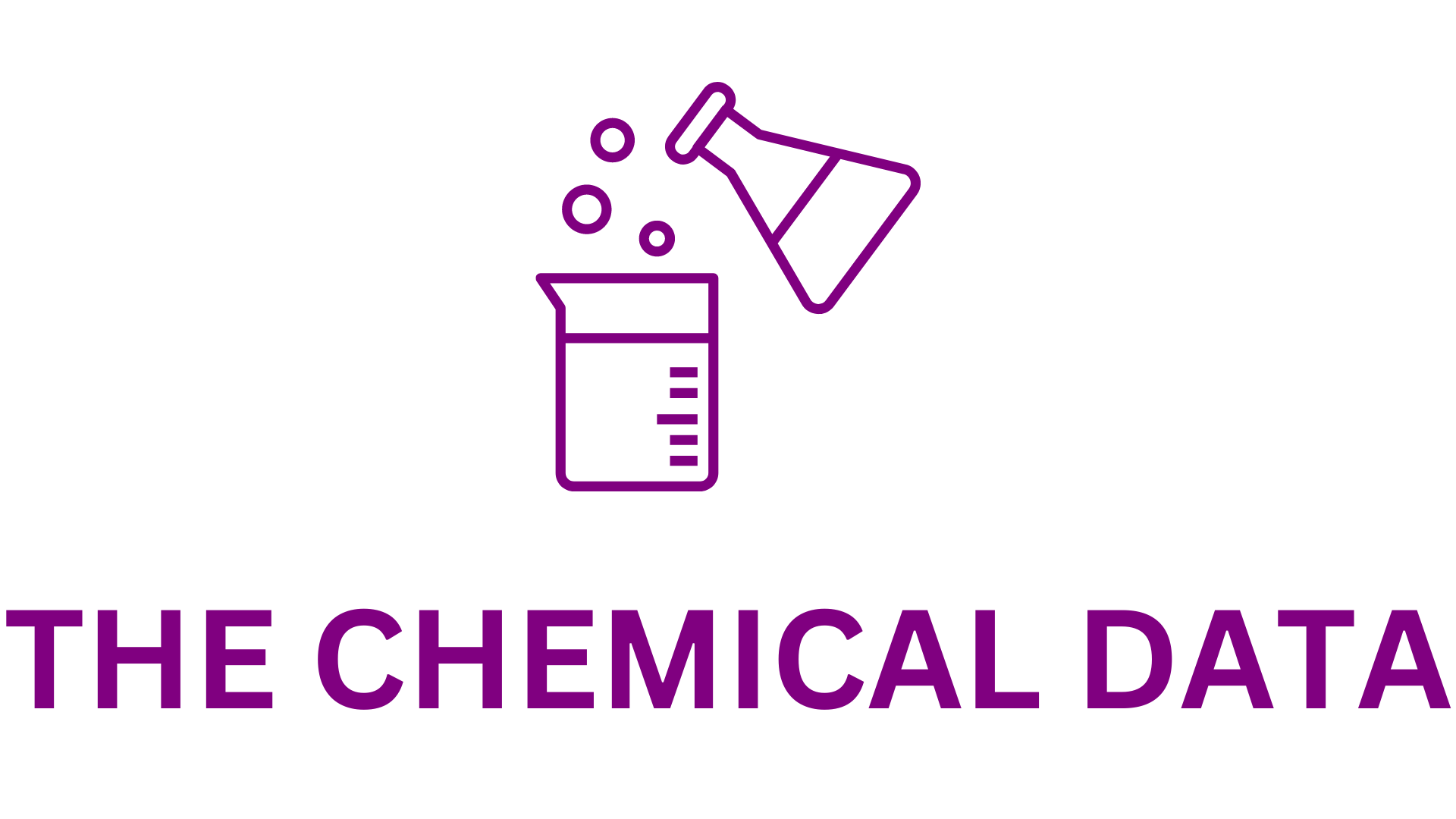
Marketing Authorization Application for Gadoquatrane Submitted in Japan
Bayer has officially submitted a marketing authorization application to Japan’s Ministry of Health, Labour and Welfare (MHLW) for gadoquatrane, its investigational gadolinium-based contrast agent designed for use in magnetic resonance imaging (MRI). The submission marks a significant milestone in Bayer’s ongoing effort to innovate and improve diagnostic imaging tools for radiologists and clinicians, with the goal of enhancing patient care across a variety of clinical settings.
Gadoquatrane is being developed for use in contrast-enhanced MRI to improve the detection and visualization of known or suspected pathologies in all body regions, including the central nervous system (CNS). The application seeks approval for its use in both adult and pediatric patients, including neonates, demonstrating Bayer’s commitment to delivering diagnostic solutions across the full age spectrum.
What sets gadoquatrane apart from currently approved contrast agents is its notably lower dose of gadolinium (Gd), the active metallic element used in MRI contrast media. Specifically, Bayer has submitted for approval a dosing protocol of 0.04 mmol Gd per kilogram of body weight—representing a 60% reduction in gadolinium exposure compared to standard macrocyclic Gd-based agents, which are typically administered at 0.1 mmol/kg. This dose reduction is especially relevant in the context of growing clinical interest in minimizing patient exposure to gadolinium while maintaining diagnostic efficacy.
Dr. Konstanze Diefenbach, Head of Radiology Research & Development at Bayer, commented on the submission: “As a leader in radiology, we are committed to bringing forward innovations for the benefit of patients, including potential options to reduce the gadolinium dose. If approved, gadoquatrane would offer radiologists in Japan a low-dose option to assist in diagnosing their patients. A low-dose option could be particularly valuable for patients undergoing multiple MRI examinations in their lifetime, as well as for children.”
The submission comes at a time when there is no currently approved low-dose MRI contrast agent in the Japanese market, despite the nation’s advanced healthcare infrastructure and leading usage of MRI technology. Japan is recognized for having the highest number of MRI scanners per capita globally and performs approximately 20 million MRI scans each year. The country’s aging population and high incidence of chronic conditions such as cancer and cardiovascular disease are contributing to an increased reliance on diagnostic imaging, making innovations like gadoquatrane especially pertinent.
The regulatory application in Japan is backed by robust clinical evidence from Bayer’s extensive Phase III clinical development program, known as the QUANTI studies. These pivotal trials are designed to evaluate both the safety and diagnostic performance of gadoquatrane across a wide range of clinical indications. The QUANTI CNS study, in particular, examined the use of gadoquatrane in patients requiring CNS imaging—a vital area for MRI applications, given the challenges associated with neurological disease diagnosis. Preliminary results from this study were presented at the European Congress of Radiology (ECR) in February, showcasing the compound’s efficacy in CNS imaging and offering encouraging insights into its broader potential.
The QUANTI program includes both adult and pediatric patient cohorts and is global in scope, underscoring Bayer’s intention to pursue worldwide approvals for the agent. Results from these studies have suggested that gadoquatrane achieves comparable diagnostic efficacy to currently approved gadolinium agents, despite the lower dose, which could represent a paradigm shift in the way contrast-enhanced MRI is approached in clinical practice.
The submission to the Japanese MHLW is particularly notable as it represents the first marketing application for gadoquatrane globally. Bayer has indicated that additional submissions to health authorities in other major markets, including the United States and the European Union, are planned in the near future. These forthcoming regulatory filings will be based on a growing body of clinical evidence expected to be published or presented at scientific congresses over the coming months.
MRI is one of the most powerful non-invasive diagnostic tools in modern medicine. It allows clinicians to view soft tissues in high detail and plays a critical role in the diagnosis and management of a wide range of diseases, from musculoskeletal injuries and neurological disorders to cancer and cardiovascular disease. The use of contrast agents like gadolinium helps to further enhance image clarity and improve lesion detection. However, the use of gadolinium-based agents has come under increased scrutiny in recent years due to concerns over gadolinium retention in the body and the associated long-term safety implications, particularly for patients undergoing multiple scans over a lifetime.
In this context, Bayer’s development of gadoquatrane represents a proactive step toward addressing these concerns by significantly reducing the total gadolinium dose administered to patients without compromising diagnostic performance. This balance between efficacy and safety is at the heart of Bayer’s innovation strategy within its radiology division.
The company’s broader radiology portfolio already includes a range of imaging solutions and contrast agents, and it continues to invest in research and development efforts to expand its offerings. Gadoquatrane is one of several pipeline products aimed at pushing the boundaries of imaging science and supporting precision medicine efforts around the world.
The push for gadolinium dose reduction aligns with trends seen in both regulatory guidance and patient advocacy, as awareness grows around the need for safer imaging protocols. Bayer’s decision to include pediatric patients, including neonates, in its clinical development plan reflects both a scientific commitment to inclusivity and an understanding of clinical demand. Children, particularly those with chronic conditions requiring repeated imaging, stand to benefit significantly from a lower-dose alternative.
Furthermore, the submission represents Bayer’s dedication to serving the Japanese market with innovative and patient-centric technologies. Japan’s sophisticated diagnostic imaging landscape, combined with its demographic and healthcare system needs, makes it an ideal candidate for early introduction of advanced contrast technologies.
In the submission of gadoquatrane for marketing approval in Japan is a major advancement in Bayer’s strategy to transform contrast-enhanced MRI. By offering a gadolinium-based agent with a significantly reduced dose and strong supporting clinical data, Bayer aims to meet an urgent clinical need for safer, effective imaging solutions. As the regulatory review process progresses in Japan and other markets, the radiology community will be watching closely to see whether gadoquatrane may become the next major innovation in diagnostic imaging. If approved, it could provide clinicians and patients with a new standard of care that offers both diagnostic clarity and improved safety, especially for vulnerable populations.
The pivotal QUANTI clinical development program investigated gadoquatrane at a dose of 0.04 mmol Gd/kg body weight, which represents a 60 percent lower gadolinium dose compared to macrocyclic contrast agents dosed at 0.1 mmol Gd/kg body weight. QUANTI consisted of two large multinational, randomized, prospective double-blind, crossover Phase III studies – QUANTI CNS (Central Nervous System) and QUANTI OBR (Other Body Regions) – as well as the QUANTI Pediatric study. In total, 808 patients in 15 countries participated in the program. In Japan, 27 sites were included.
In January 2025, Bayer announced positive topline data for the QUANTI study program, with results showing that gadoquatrane met the primary and secondary efficacy endpoints of the studies assessing visualization parameters and lesion detection, demonstrating non-inferior efficacy to the trial comparators. The safety events observed with gadoquatrane were similar to those observed for the comparator macrocyclic gadolinium-based contrast agents with a low incidence of intervention related treatment emergent adverse events and generally consistent with previous data on gadoquatrane and other macrocyclic gadolinium-based contrast agents.







